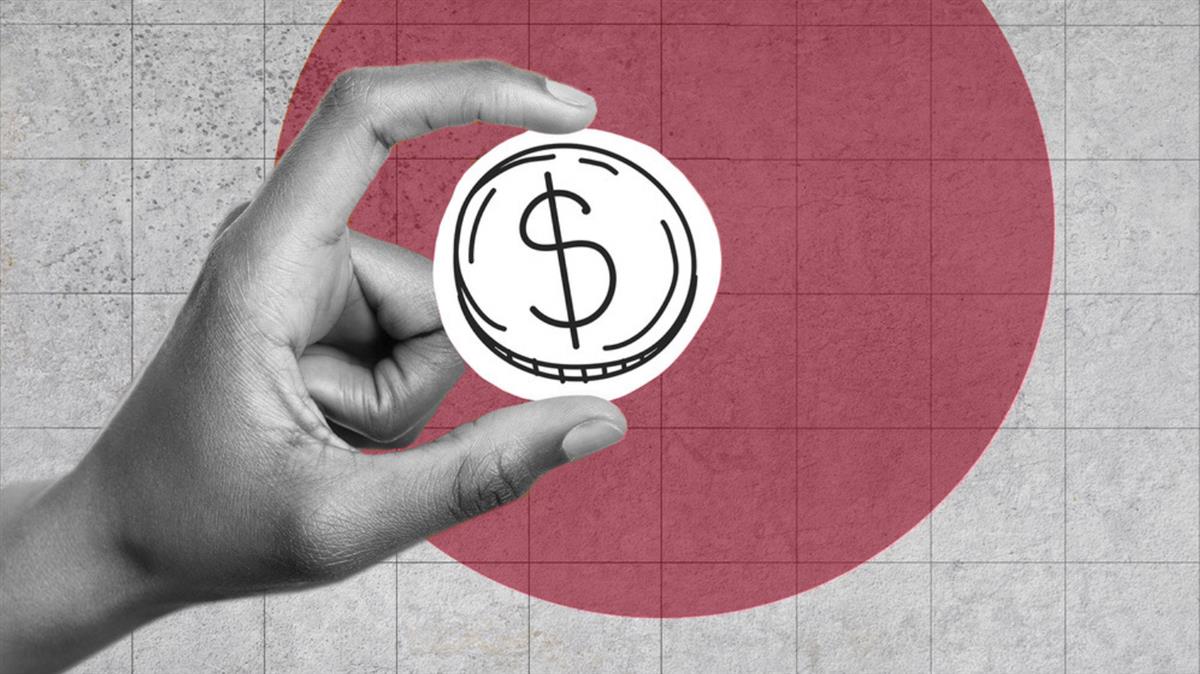
How to begin fixing the ‘nonsensical’ humanitarian financing system
‘We need new global financial architecture, and we need to get creative.’
Danny Sriskandarajah
Oxfam GB Chief Executive
Abby Maxman
President and CEO of Oxfam America
OXFORD, UK and BOSTON, US
The humanitarian aid system needs an urgent overhaul, and the devastating yet preventable food crisis unfolding in East Africa is a clear example why.
Parts of Somalia are expected to enter famine within the coming weeks, yet the crisis remains a footnote to the terrible news from the Ukraine war – which has exacerbated the situation by pushing up the price of staple foods and fertiliser.
We saw the impacts up close on a recent trip to see the response in action: After four consecutive failed rains and fears that a fifth failure is now unfolding, communities in the Somaliland regions of Sanaag and Togdheer have reached their limits.
We met with women like Safiya, a 38-year-old divorcee and mother of 8, who lost all but 5 of her 50 livestock in the drought. She had fled her home in fear when hyenas began to circle at night, stalking her family and their livestock as they all grew weaker. Former pastoralists have been forced to give up a lifestyle that has served them well for centuries to seek refuge in camps for displaced people – because of a climate crisis they did nothing to cause.
As a humanitarian sector, we know how to prevent a food crisis from becoming a famine. But the people with the power to provide the necessary funding have shown little inclination to act decisively, even while community members are coming together to take action.
We remain defiantly hopeful that the international community will find the focus and resources to prevent this already disastrous situation from descending into full-scale famine. But when it does, it must also be accompanied by a radical overhaul of the way the world responds to humanitarian crises.
“Why should the ability of Somalis to feed their families be dictated by political decisions taken thousands of miles away, in countries responsible for their plight?”
With stable and predictable funding, the humanitarian system could have reacted when the first alarm bells rang. For East Africa, that would have been at least 19 months ago, as the confluence of climate, COVID-19, and conflict threatened lives and livelihoods.
Instead, UN-backed appeals have been woefully underfunded (despite donor pledges to consign famine to the history books), and resources have been slow to arrive.
The reality of a humanitarian system being financed largely by a few key playersbegging for resources has always been problematic; today, it seems nonsensical.
Why should the ability of Somalis to feed their families be dictated by political decisions taken thousands of miles away, in countries responsible for their plight?
Our humanitarian system was forged in a world before the climate crisis gathered pace. If it was ever truly fit for purpose, it is no longer – especially when you consider that extreme hunger has more than doubled in climate hotspots over the last six years, and that UN appeals for climate-related disasters are now eight times larger than they were at the start of the century.
It’s time for a change.
We need new funding mechanisms that can pre-position resources that help address global public goods, from climate adaptation to social protection and human resources. We need new global financial architecture, and we need to get creative.
“It is time to realise that the crises before us are deeply interwoven with climate breakdown and widening inequality.”
Imagine donors – who already know that preventing disasters saves both lives and resources – following that logic and providing no-strings funding that can be used to nip escalating crises in the bud.
Imagine more funds being provided by a climate damages tax on the extraction of oil, gas, and coal.
Imagine an agreement, following Denmark’s lead, to properly compensate countries who are suffering the greatest loss and damage as a result of the climate crisis.
In such a system, the humanitarian sector would have the resources to sufficiently fund emergency interventions while building long-term resilience – saving lives can’t keep coming at the expense of sustainable solutions. It is time to realise that the crises before us are deeply interwoven with climate breakdown and widening inequality, reducing the capacity and resources of communities to cope with shocks.
It means working much more closely with those campaigning for climate justice, providing social protection, and striving for greater equality. If humanitarian emergencies are deeply connected to other crises, then those of us responding must also be deeply connected with each other.
Someone like Safiya doesn’t see the daunting challenges as isolated issues, but as one spiralling crisis that has driven her family from their home and their historical means of survival. We must address these compounding factors together with creativity, urgency, and cooperation.
Crises continue to overlap and multiply. It’s time to fix the system and end the cycle of pleading for resources that inevitably come too late.
We in the humanitarian sector have long known that without this more integrated approach of saving lives, building resilience, and investing in the future, many of our interventions are short-term fixes. Now we must finally learn these lessons and do something about it.
SOURCE: THE NEW HUMANITARIAN